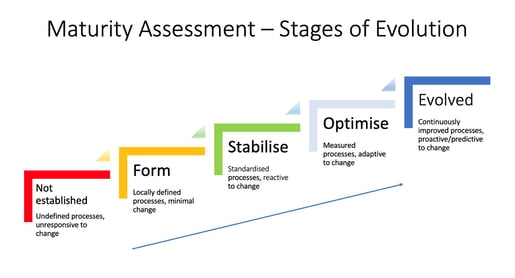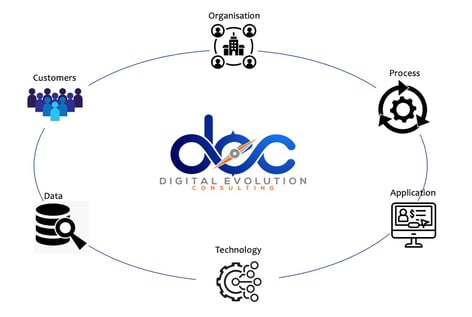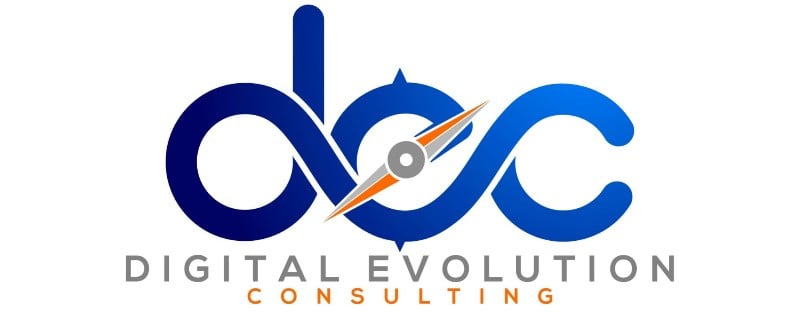
Embarking on the successful journey of digital transformation

Many organisations are looking to embark or advance their digital transformation journeys. What actions canyou take to ensure a more successful transformation that is also anchored in the business and adopted by your employees and benefits your customers?
First, remember that digital transformation is not an IT infrastructure journey, but a business transformation enabled by digital technologies. Before setting off on your transformation journey it is essential to understand your organisation’s position or your Digital Maturity, this is enabled by DEC’s Digital Maturity Assessment.

Once you have obtained a holistic view of your digital maturity it is critical to define your digital vision and strategy to ensure a minimal disruption and maximal adoption and value. And finally, partnering up with a trusted advisor who is experienced in such journeys and can provide you with an unbiased view (a critical friend) would help you achieve your goals faster and help break down internal and external barriers.
To help provide a baseline and a clear understanding of your organisational readiness, ambition and current position in the digital transformation journey, DEC developed a digital maturity model exploring 6 key domains: Organisation, Customers, Process, Application, Technology and Data.

Organisation - Defining and developing an organisational culture with governance and talent processes to support progress along the digital maturity curve, and the flexibility to achieve growth and innovation objectives.
Customers - Providing an experience where customers view the organisation as their digital partner using their preferred channels of interaction to control their connected future on and offline.
Process - Executing and evolving processes and tasks by utilising digital technologies to drive strategic management and enhance business efficiency and effectiveness.
Application - Aim to recognize the key areas of your application management practice that are not meeting your success criteria. Reviewing your enterprise architecture and application strategy to ensure success.
Technology - Selecting a scalable, suitable, and sustainable technology estate to fit the current and future needs of the organisation.
Data - Underpins the success of digital strategy by helping to create, process, store, secure and exchange data to meet the needs of customers at low cost and low overheads.

Key benefits of the DEC Digital Maturity Model are:
- Industry specific benchmark for digital ambitions, goals, and position.
- Prioritisation of the digital capabilities based on your goals and ambitions whilst considering the regulatory and security requirements.
- Harnessing technology as an enabler for a business transformation while breaking siloed work and increase collaboration.
- Reduce disruption to your operational business by prioritising those areas with high impact and low friction.
- Focus on delivering better service to your customers by deploying the right tools and products supported by an overarching technology to help you better compete in your industry sector.
DEC created a self-assessment tool you may use in order to help you evaluate your organisation starting point and offer a free consultation based on the results: https://digitalevolution.consulting/digital-maturity/
